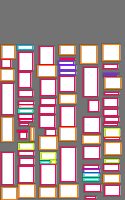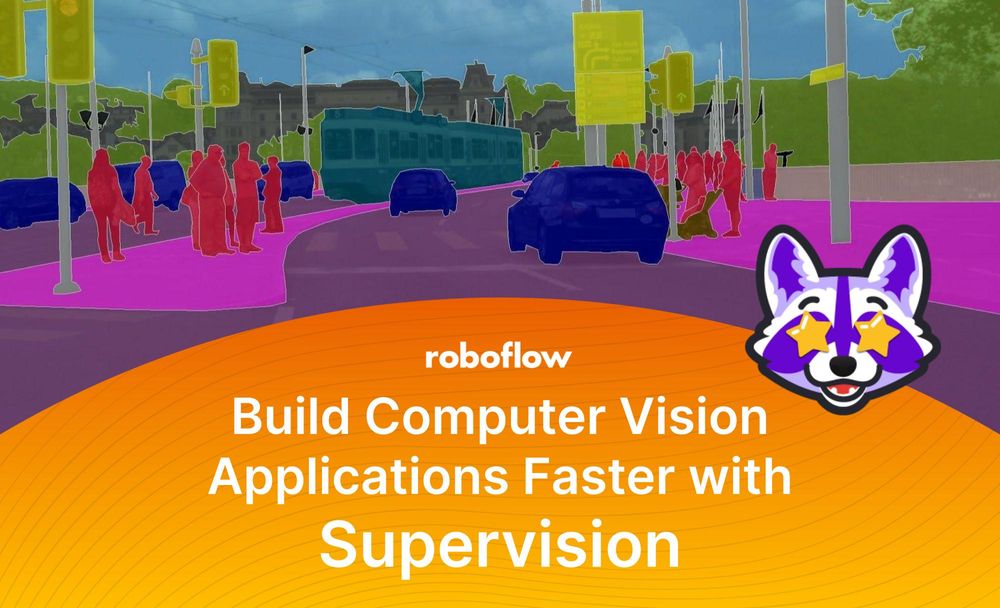Geological cores Computer Vision Project
Here are a few use cases for this project:
-
Oil and Gas Exploration: Geological cores computer vision model can be used to analyze and classify core samples retrieved during drilling activities in oil and gas exploration. Accurately identifying lithofacies classes can aid geologists in mapping subsurface stratigraphy, assessing reservoir quality, and making informed decisions for drilling locations and extraction techniques.
-
Environmental and Geological Hazard Assessment: By analyzing and identifying geological formations such as soft-sediment deformation or cross-bedding, researchers and environmental engineers can assess the potential risk of landslides, earthquakes, or other geohazards in specific regions. This intelligence can help inform infrastructure planning, resource management, and disaster mitigation efforts.
-
Groundwater Resources Analysis: Knowing the composition and distribution of underground lithofacies can provide essential information for understanding the groundwater system. The computer vision model can help hydrogeologists to identify water-bearing formations (such as fractured or porous rocks) and guide them in groundwater extraction or management activities, ultimately aiding in water supply sustainability.
-
Mining and Mineral Exploration: The computer vision model can help mining professionals to identify specific lithofacies associated with ore deposits and minerals. This information can streamline exploration activities and enable a more targeted approach in both exploration and extraction processes, thus saving time and resources.
-
Geological Education and Research: The Geological cores computer vision model can serve as a valuable educational tool for students, researchers, and professional geologists in understanding and interpreting various geological formations. This model can also be used to enhance academic research by providing automated classifications of earth materials, which can reduce human-error and improve the consistency of results.
Cite This Project
If you use this dataset in a research paper, please cite it using the following BibTeX:
@misc{
geological-cores_dataset,
title = { Geological cores Dataset },
type = { Open Source Dataset },
author = { igeos },
howpublished = { \url{ https://universe.roboflow.com/igeos/geological-cores } },
url = { https://universe.roboflow.com/igeos/geological-cores },
journal = { Roboflow Universe },
publisher = { Roboflow },
year = { 2024 },
month = { mar },
note = { visited on 2024-04-27 },
}
Connect Your Model With Program Logic
Find utilities and guides to help you start using the Geological cores project in your project.

























